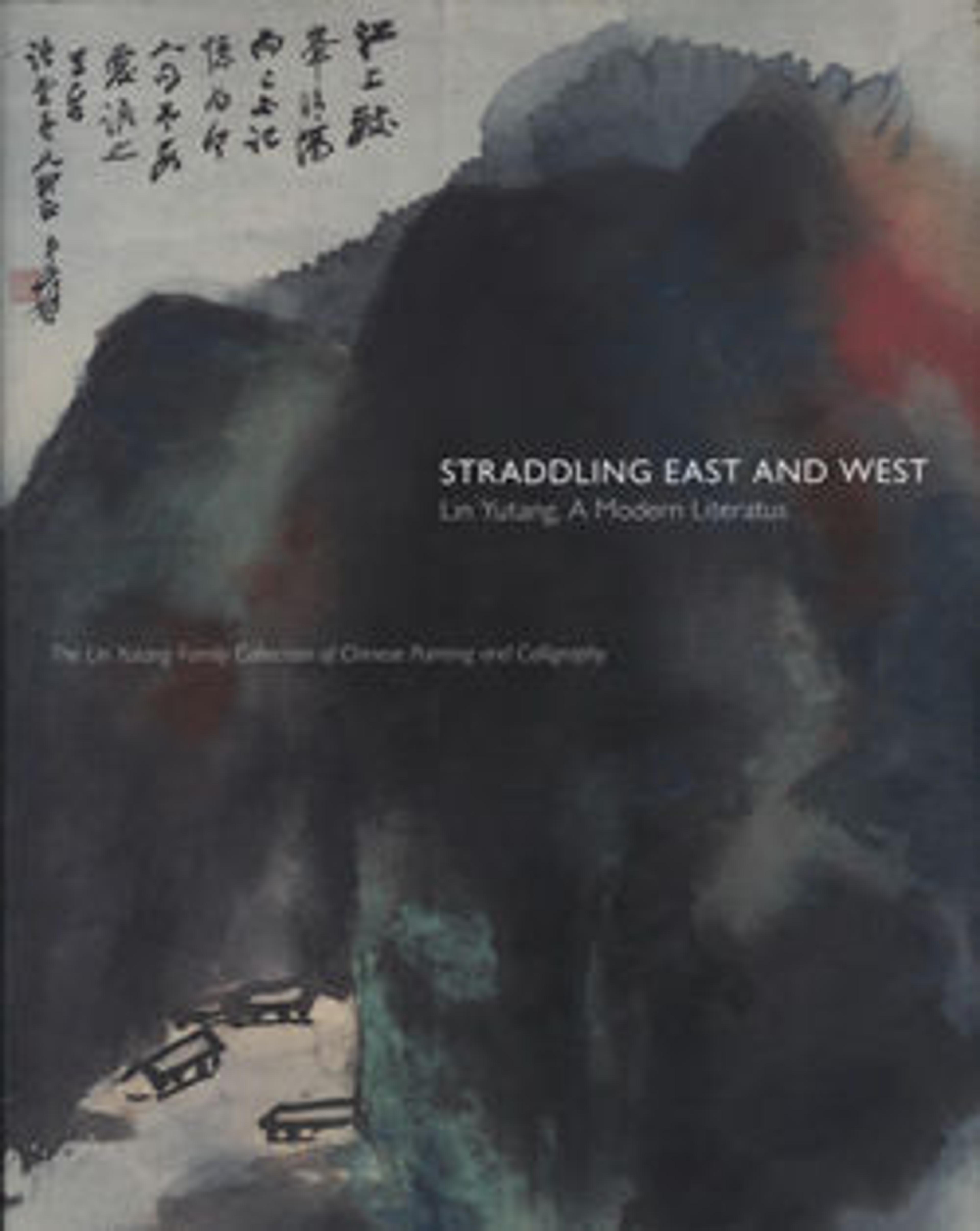Poem Written in the Style of the Haotaiwang Stele
Feng Kanghou, a native of Guangdong Province, was an outstanding seal-carver and calligrapher. In this work, dedicated to Li Ming (Richard Lai), he composed a quatrain with characters collected from an ancient stele commemorating Kwanggaet'o-daewang (r. 391–412)—Haotaiwang in Chinese—the nineteenth king of the Koguryo state that occupied the northern portion of the Korean peninsula and parts of Manchuria from 37 B.C. to A.D. 668. This monument was erected near the Koguryo capital of Kungnaesong (in present-day Ji'an, Jilin province) in 414. After this area fell under Chinese rule in 668, the stele sank into oblivion. Its accidental rediscovery in 1877 marked a major find in the avid search for ancient steles in nineteenth- and early-twentieth- century China. As Feng notes here, "The calligraphy of the Haotaiwang Stele, while simple and unpolished, emanates antique exuberance. However bold and free, it retains the discipline of clerical script." Following convention, Feng Kanghou transcribed his poem by faithfully duplicating the forms of carved characters. However, his transcription shows its own idiosyncratic features. Feng sought to evoke the archaic flair of his model by intentionally simulating the damage or wear to the stele as well as the crude craftsmanship of its carver by making some of his lines crooked or uneven. Feng's poem reads:
My home in a stretch of hills by the distant water
Is said to be the place of eternal joy and peace.
What people have loved from ancient times to the present is all here.
Mountains and lakes are such delights.
(trans. by Shi-yee Liu)
My home in a stretch of hills by the distant water
Is said to be the place of eternal joy and peace.
What people have loved from ancient times to the present is all here.
Mountains and lakes are such delights.
(trans. by Shi-yee Liu)
Artwork Details
- 現代 馮康侯 倣好太王碑詩 軸
- Title:Poem Written in the Style of the Haotaiwang Stele
- Artist:Feng Kanghou (Chinese, 1901–1983)
- Date:dated 1972
- Culture:China
- Medium:Hanging scroll; ink on paper
- Dimensions:Image: 49 13/16 x 13 1/2 in. (126.5 x 34.3 cm)
Overall with knobs: 75 3/16 x 17 1/2 in. (191 x 44.5 cm) - Classification:Calligraphy
- Credit Line:The Lin Yutang Family Collection, Gift of Richard M. Lai, Jill Lai Miller, and Larry C. Lai, in memory of Taiyi Lin Lai, 2005
- Object Number:2005.509.27
- Curatorial Department: Asian Art
More Artwork
Research Resources
The Met provides unparalleled resources for research and welcomes an international community of students and scholars. The Met's Open Access API is where creators and researchers can connect to the The Met collection. Open Access data and public domain images are available for unrestricted commercial and noncommercial use without permission or fee.
To request images under copyright and other restrictions, please use this Image Request form.
Feedback
We continue to research and examine historical and cultural context for objects in The Met collection. If you have comments or questions about this object record, please contact us using the form below. The Museum looks forward to receiving your comments.
